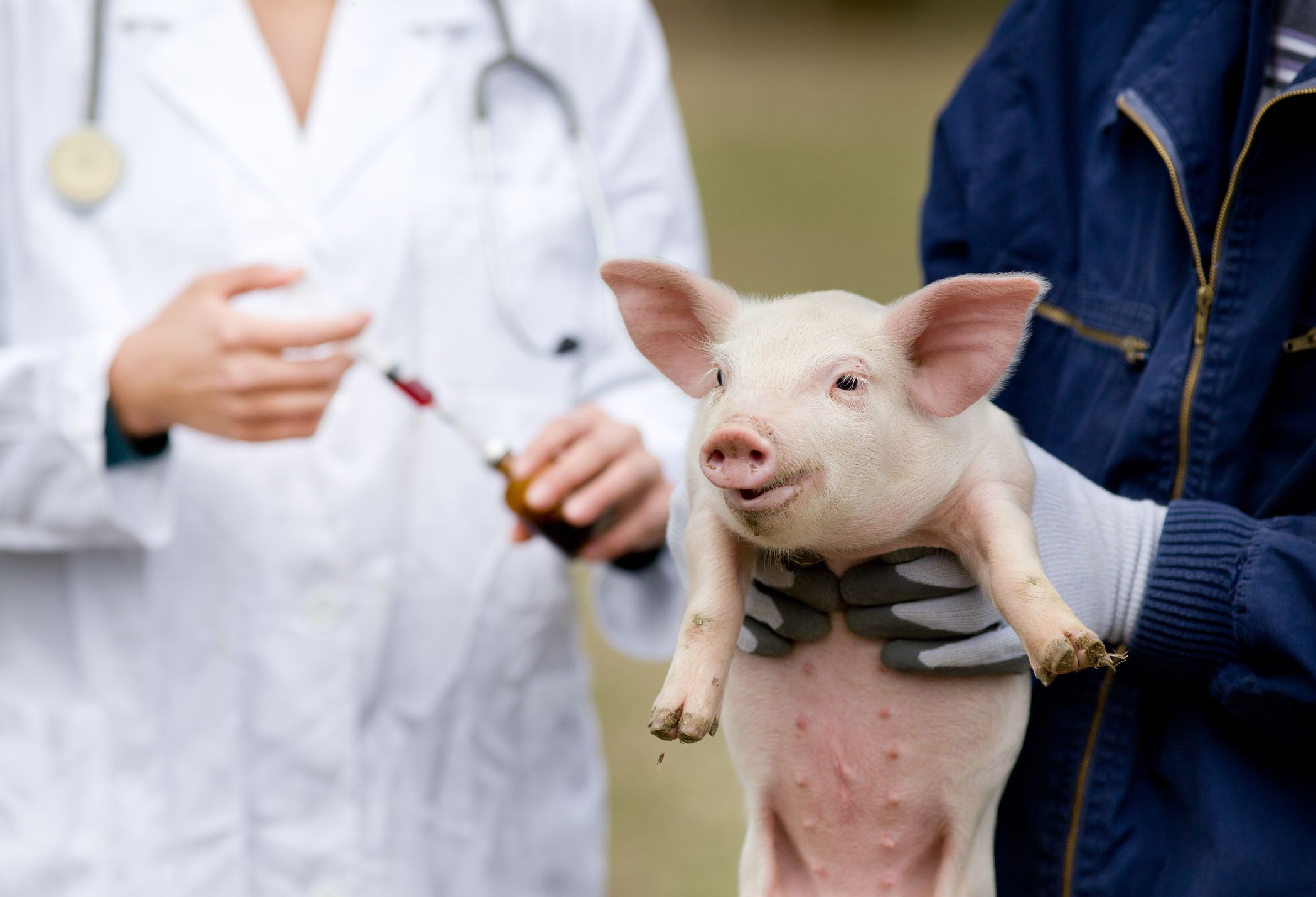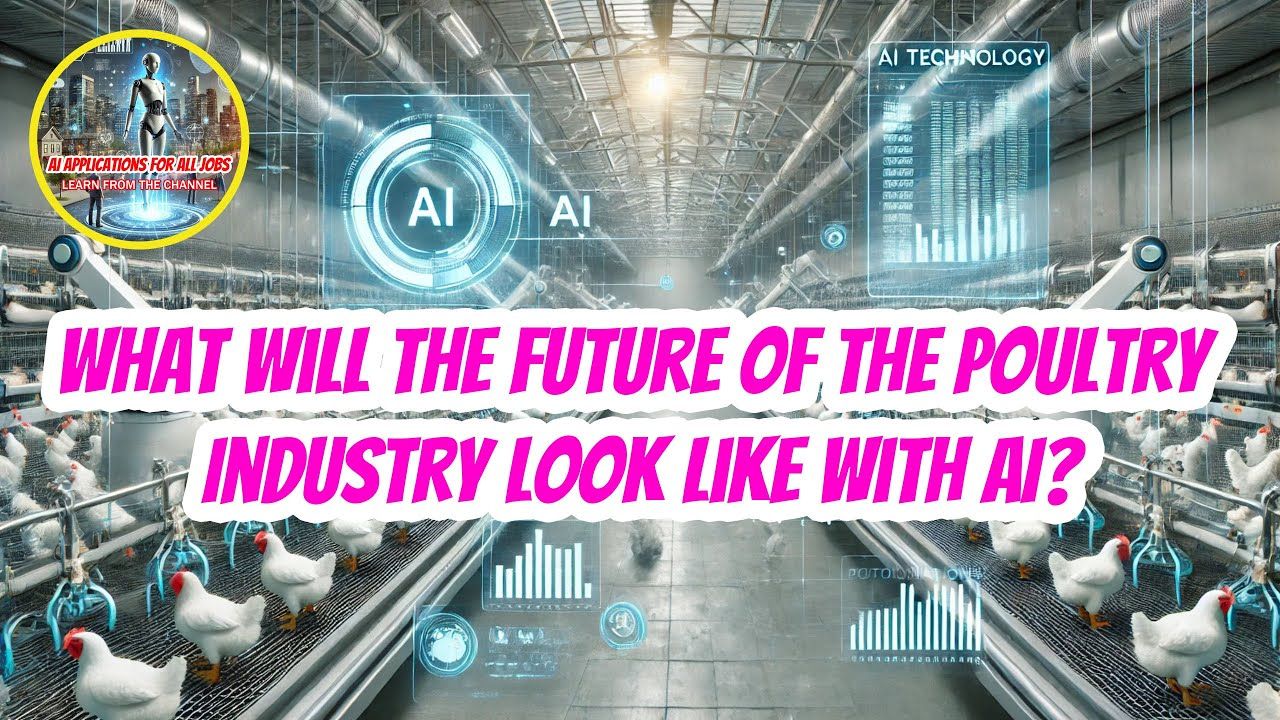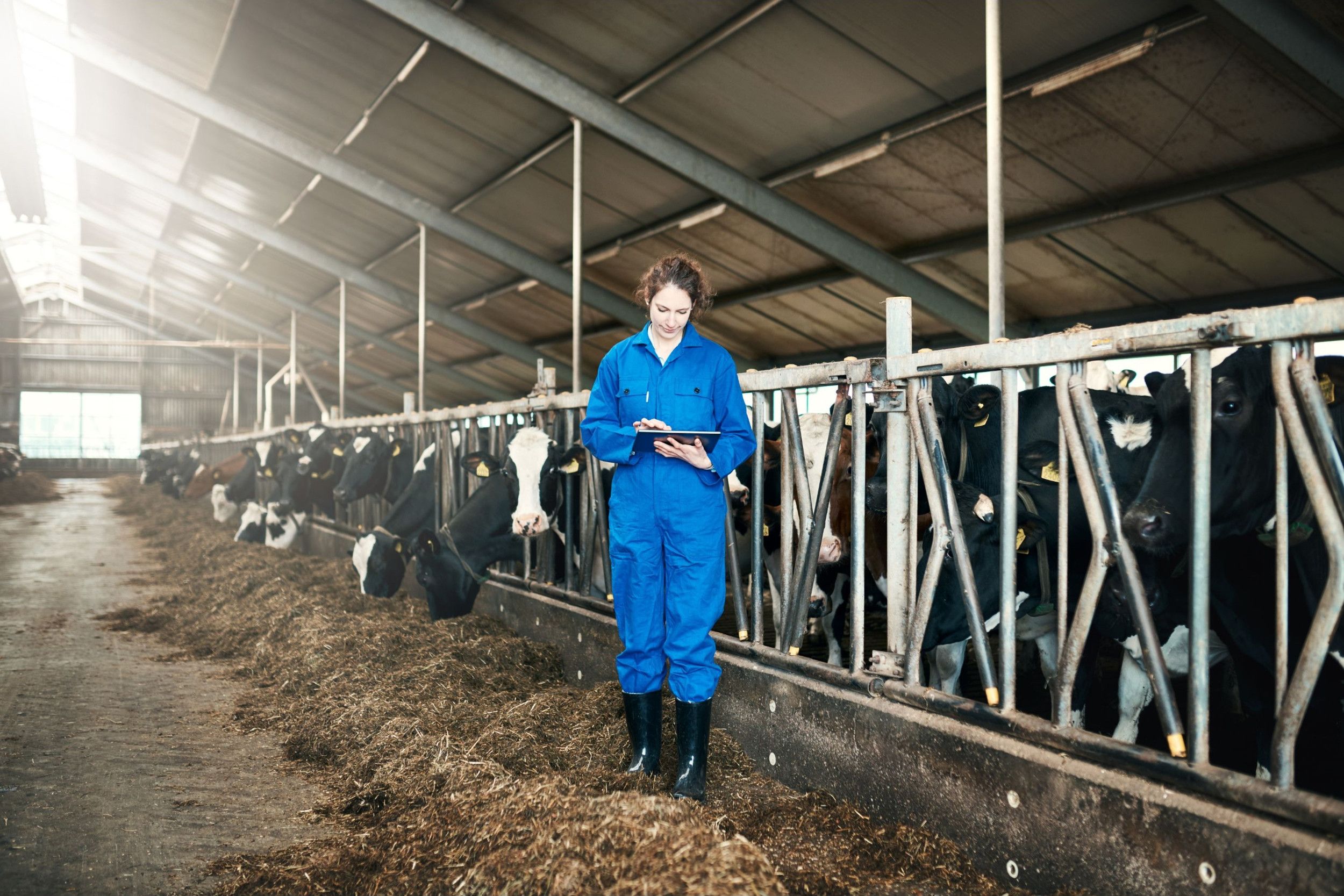Our partner’s Svájcer Paraszt Sajt has been named the best cheese of the year!
The Hungarian Cheese Makers’ Association organized the Hungarian Cheese Muster for the 12th time, the most prestigious competition for small-scale and artisanal cheesemakers in Hungary. For the first time in the event’s history, the best cheesemakers gathered in Martonvásár, where a professional conference and a cheese market accompanied the Cheese of the Year competition and the judging process.
This year, 47 cheesemakers entered the competition with a total of 114 products. The 35-member jury awarded the best cheeses and their makers with 9 gold, 22 silver, and 9 bronze medals.
The winner of the competition was the Svájcer Paraszt Sajt, produced in Dunaharaszti at our partner Árpád Ficsor’s farm. This hard cheese, aged for 18 months, is made from Hungarian Simmental cow’s milk, giving it a rich and unique flavor profile.
“My grandfather used to call the Hungarian Simmental cow a Svájcer cow. We named this cheese in his memory. The Svájcer is a surprise: it delivers an intense taste experience even after just four months of aging, and as time passes, its character becomes even stronger. From the 8th month onwards, protein crystals begin to form in the cheese.” – said Árpád Ficsor, whose Paraszt Sajt Extra Aged Svájcer also received a gold certification.
Congratulations on this fantastic achievement, and we wish you continued success!









